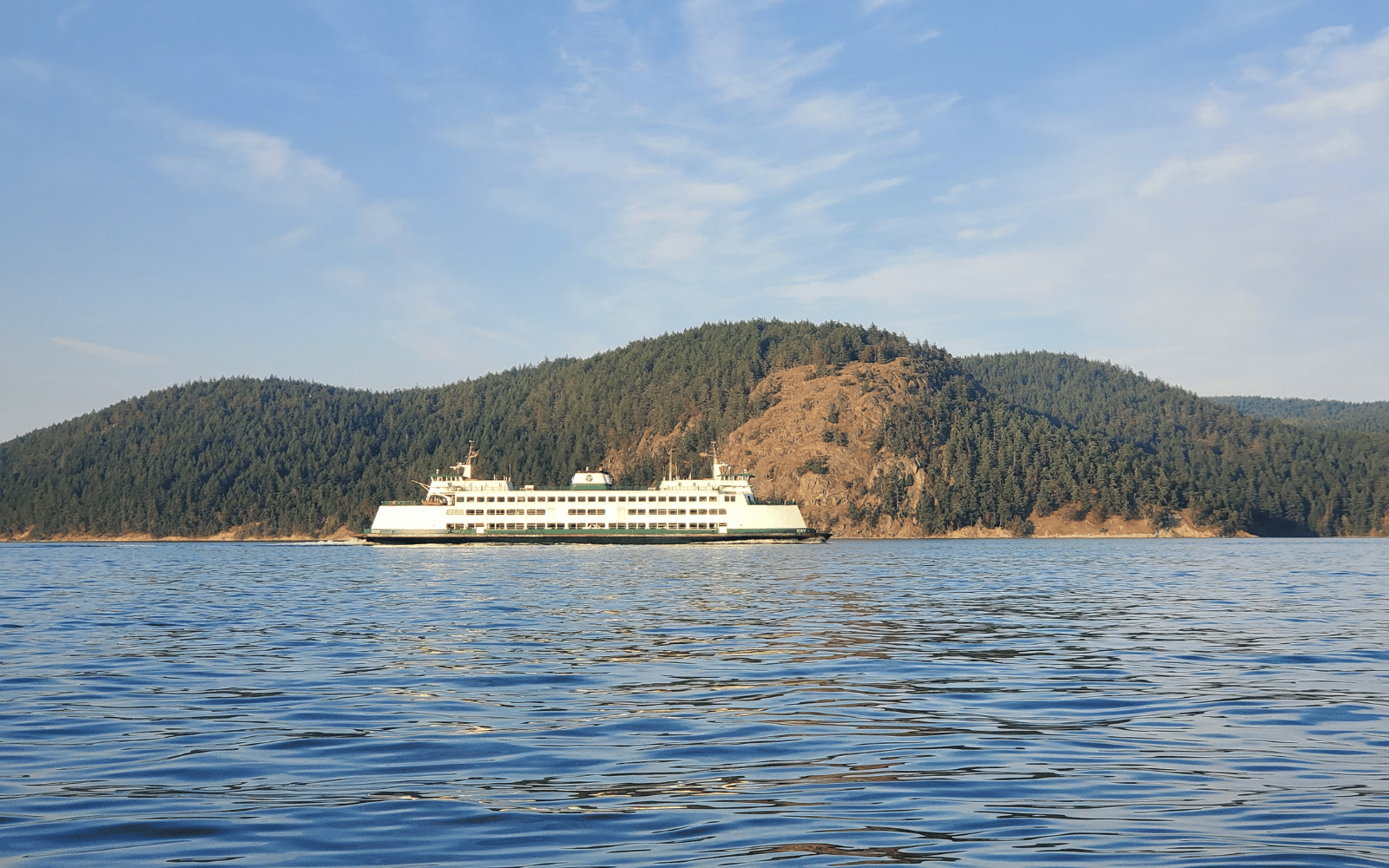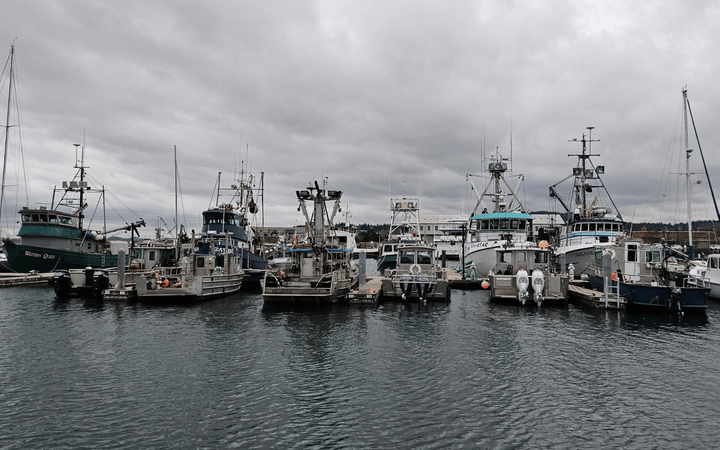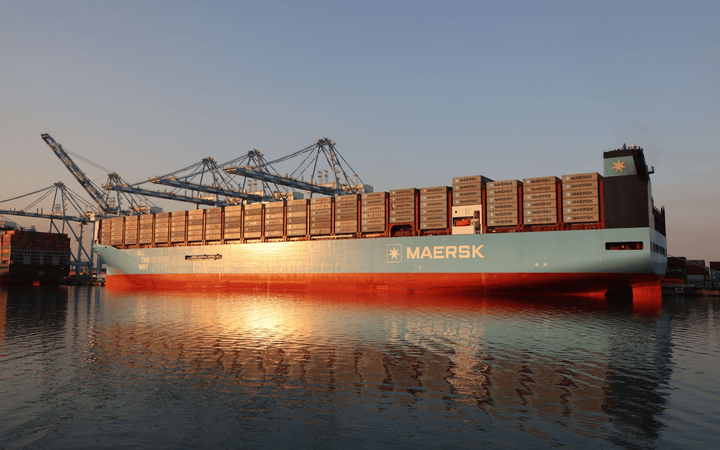Washington State Ferries extends timeline for converting ferry to hybrid-electric
Instead of a year, converting the first of three larger ferries may take almost two years.

A year ago, the Jumbo Mark II ferry the Wenatchee headed to Vigor shipyard to become WSF’s first ship to be converted to hybrid-electric power. They anticipated the project would take a year but now say the vessel will return to service in summer 2025 — which would put the timeline closer to 20-24 months.
“There are no issues with the technology itself, but as is common with major vessel retrofits, we have faced some challenges in working this new technology into the existing vessel,” said Matt von Ruden, administrator for WSF’s System Electrification Program, in a press release.
The agency said that the Wenatchee will be the largest passenger ferry in the U.S. to be electrified.
Work completed so far includes: the removal of the two diesel generators, installing equipment for converting and distributing the electric power, and building two new battery rooms.
Still to come: installing “thousands of feet” of electric cables and the batteries themselves, plus a lot of testing throughout the commissioning process. Once back in service, the system will allow the Wenatchee to operate off diesel, battery or hybrid-diesel battery and save approximately 1.5 million gallons of diesel fuel per year.
WSF also provided a behind-the-scenes video update with von Ruden. His tour of this very big project is made extra fun by his mini microphone:
Why it's on my radar:
This is a big project and it’s not surprising that it’s running long but it does increase the pressure on WSF, which is juggling challenging transitions with its workforce and fleet.
The Wenatchee is the first of three 460-foot long ferries to be converted. Vigor is contracted to also convert the Tacoma and WSF has the option to extend the contract for the Puyallup, as well. Perhaps after the Wenatchee, one or both of the other conversions might take less time.
“We’re also applying our lessons learned for the subsequent vessels,” von Ruden said.
WSF could’ve started conversions with its smaller vessels. However, despite the pressure and service impacts, converting its largest ferries seems logical given that the ships needed to be repowered and the promised environmental impacts.
It is also another scenario of not “new” but “new-to-us” technology. Similar hybrid-electric systems have been used by European ferry operators for almost a decade, and by our northern neighbors at BC Ferries.
Learn more:
The new WSF leadership are trying to get the word out that change is in the air. And you can hear them doing so on some recent podcast episodes:
- WSF Assistant Secretary Steve Nevey, who was appointed to lead the ferry system in February, spoke with 13-year-old podcast host Toby Case about how “management is listening” on his Ferry Talk podcast.
- Nevey also sat down for a podcast episode with TVW (Washington state’s version of C-SPAN) a few months after his appointment to discuss his plans.
- And Director of Marine Operations Beth Stowell made a recent appearance on the Women Offshore Podcast.
For anyone looking to follow WSF even more regularly, sign up for the WSF Weekly Update from WSDOT.



